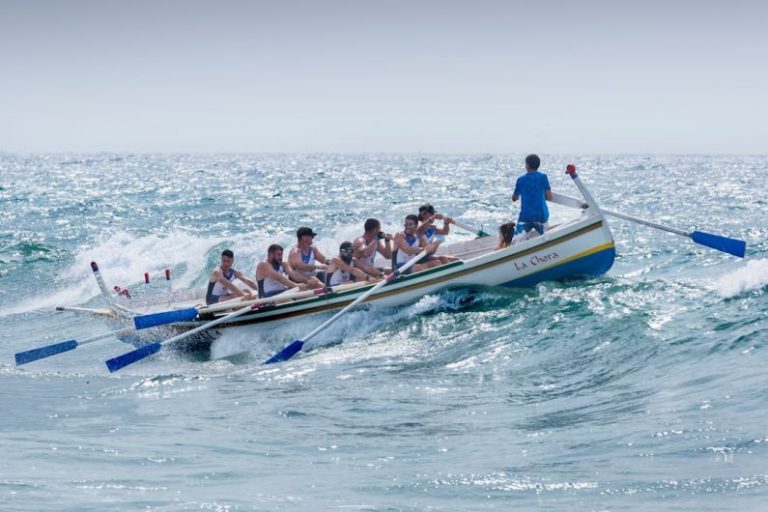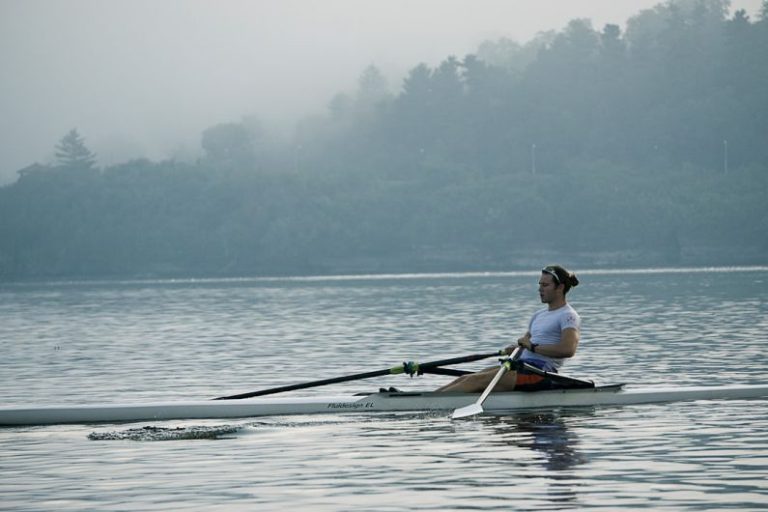
Rowing is an excellent full-body workout that engages multiple muscle groups simultaneously. However, it is common for rowers, both beginners and seasoned athletes, to experience muscle soreness after a rowing session. This discomfort can be a hindrance to training consistency and overall performance. Fortunately, there are several effective techniques that can help in reducing muscle soreness post-rowing, allowing you to recover faster and get back on the water or rowing machine sooner.
Understanding Muscle Soreness
Before delving into the techniques to alleviate muscle soreness after rowing, it is crucial to understand why it occurs in the first place. Muscle soreness, also known as delayed onset muscle soreness (DOMS), typically occurs 24-48 hours after a strenuous workout. During rowing, muscles are subjected to eccentric contractions, where the muscle lengthens under tension. This type of muscle action contributes to micro-tears in the muscle fibers, leading to inflammation and soreness.
Hydration and Nutrition
One of the most crucial factors in reducing muscle soreness after rowing is proper hydration and nutrition. Staying hydrated before, during, and after your rowing session is essential for muscle function and recovery. Dehydration can exacerbate muscle soreness and delay the healing process. Ensure you drink an adequate amount of water throughout the day to support your muscles.
In addition to hydration, maintaining a well-balanced diet rich in lean proteins, complex carbohydrates, and healthy fats can aid in muscle recovery. Consuming protein after your rowing workout helps repair and rebuild muscle tissues, while carbohydrates replenish glycogen stores for energy. Including anti-inflammatory foods such as fatty fish, berries, and leafy greens in your diet can also help reduce inflammation and muscle soreness.
Foam Rolling and Stretching
Foam rolling and stretching are effective techniques to alleviate muscle soreness after rowing. Foam rolling, also known as self-myofascial release, involves using a foam roller to apply pressure to tight or sore muscles. This technique helps release tension, improve blood flow, and reduce muscle stiffness. Focus on rolling out major muscle groups used during rowing, such as the back, shoulders, and legs, to target specific areas of soreness.
Stretching is another beneficial practice to incorporate into your post-rowing routine. Dynamic stretches before rowing can help prepare your muscles for the workout, while static stretches after rowing can improve flexibility and reduce muscle tightness. Pay special attention to stretching the hip flexors, hamstrings, and upper back to counteract the repetitive movements involved in rowing.
Ice Bath or Cold Therapy
Cold therapy, such as ice baths or cold packs, can be effective in reducing muscle soreness and inflammation after rowing. Immersing yourself in an ice bath or applying cold packs to sore muscles constricts blood vessels, which helps reduce swelling and numbs the area, providing pain relief. Cold therapy can also decrease metabolic activity and slow down the inflammatory response, promoting faster recovery.
Rest and Active Recovery
Rest is a crucial component of the recovery process and plays a significant role in reducing muscle soreness after rowing. Adequate rest allows your muscles to repair and rebuild, leading to stronger muscle fibers. Listen to your body and prioritize sleep to support muscle recovery and overall performance.
In addition to rest, incorporating active recovery activities such as light cardio, yoga, or swimming can help alleviate muscle soreness by increasing blood flow to the muscles without causing further damage. Engaging in low-intensity exercise on rest days can promote recovery and enhance overall mobility and flexibility.
Mind-Body Techniques
Mind-body techniques such as meditation, deep breathing, and visualization can also aid in reducing muscle soreness after rowing. Stress and tension can contribute to muscle soreness, so incorporating relaxation techniques can help promote a sense of calm and reduce muscle tightness. Practice mindfulness and deep breathing exercises to relax both your mind and body, enhancing recovery and reducing overall muscle soreness.
Incorporating these techniques into your post-rowing routine can help reduce muscle soreness and enhance your overall recovery process. By prioritizing hydration, nutrition, foam rolling, stretching, cold therapy, rest, active recovery, and mind-body techniques, you can alleviate muscle soreness, improve performance, and enjoy rowing to the fullest. Remember to listen to your body, adjust your recovery strategies as needed, and stay consistent in your efforts to support optimal muscle health and well-being.





